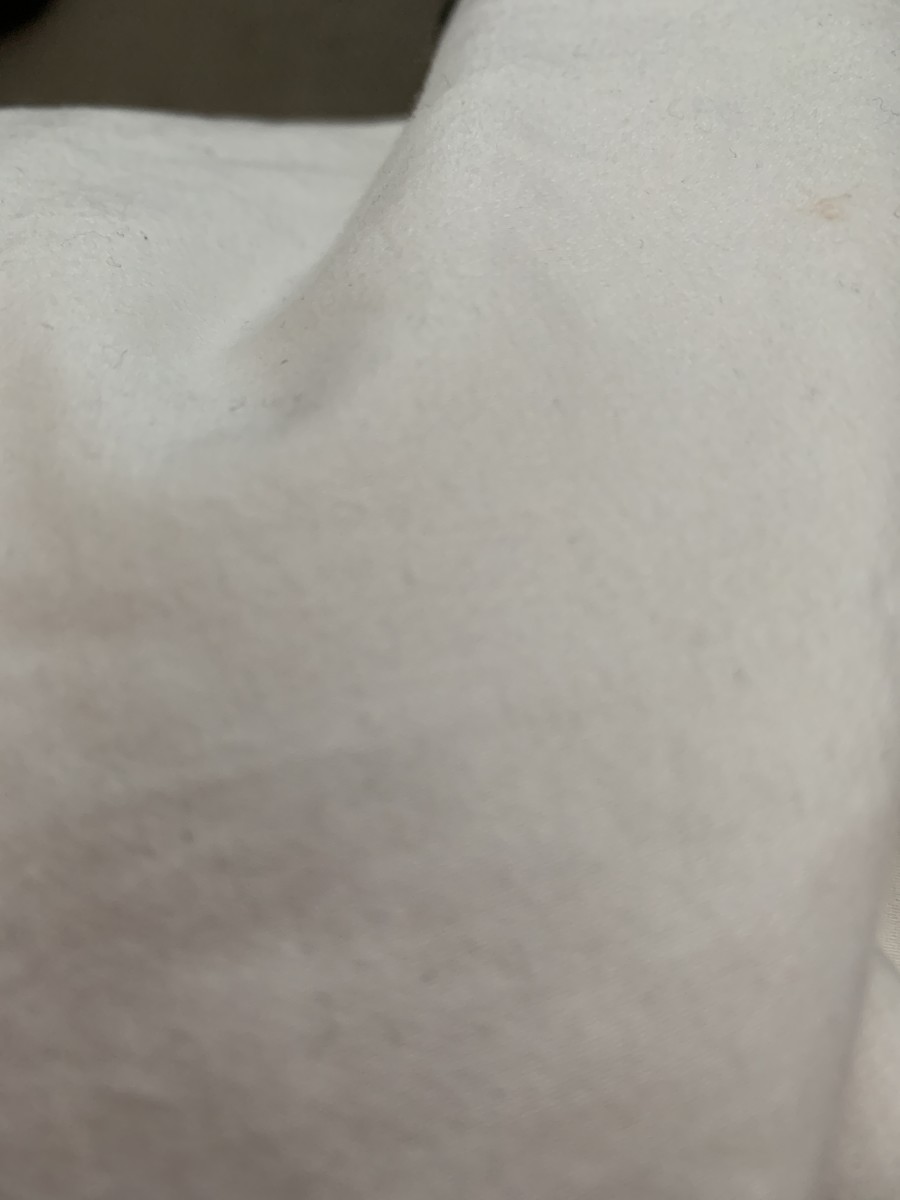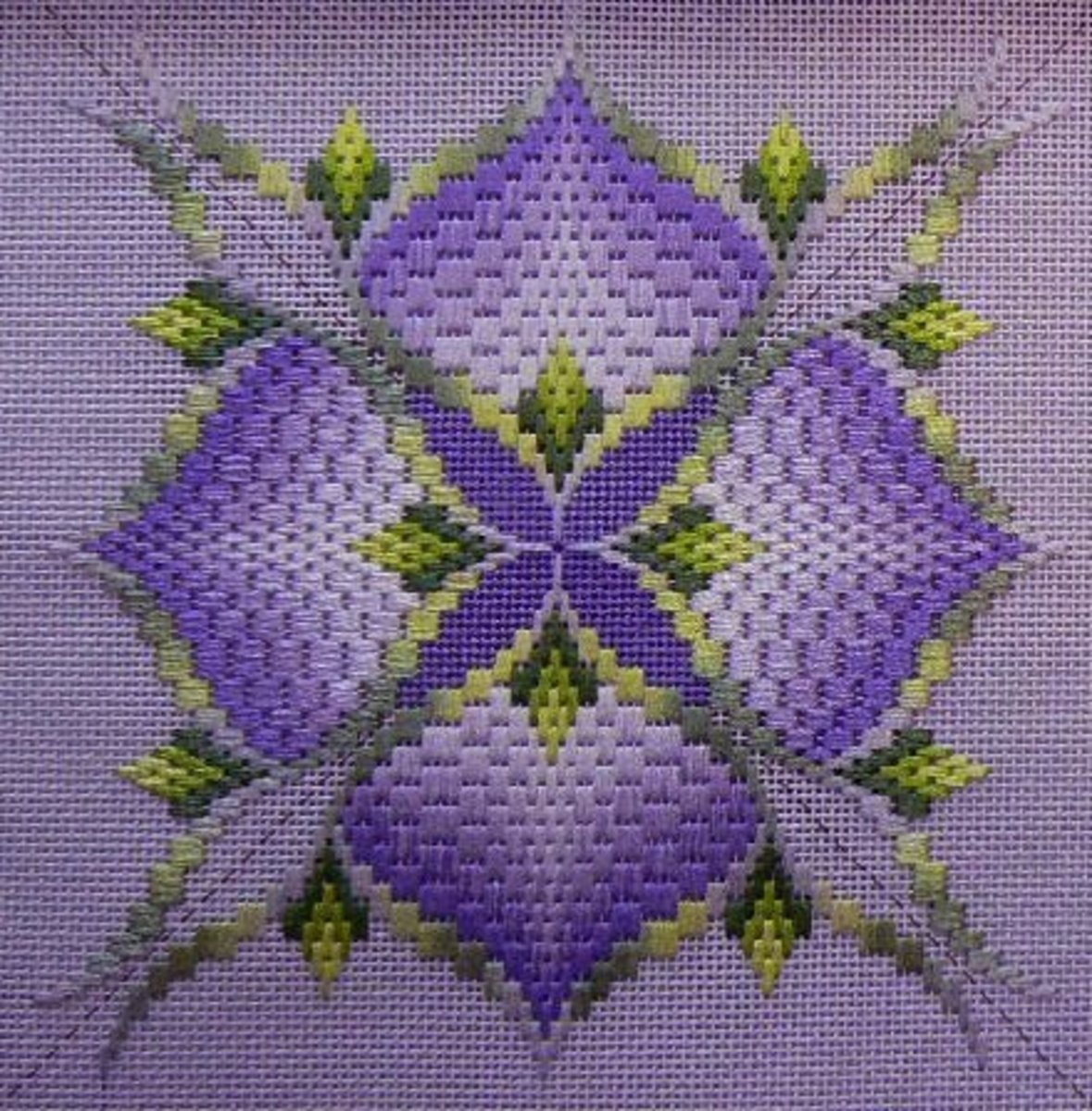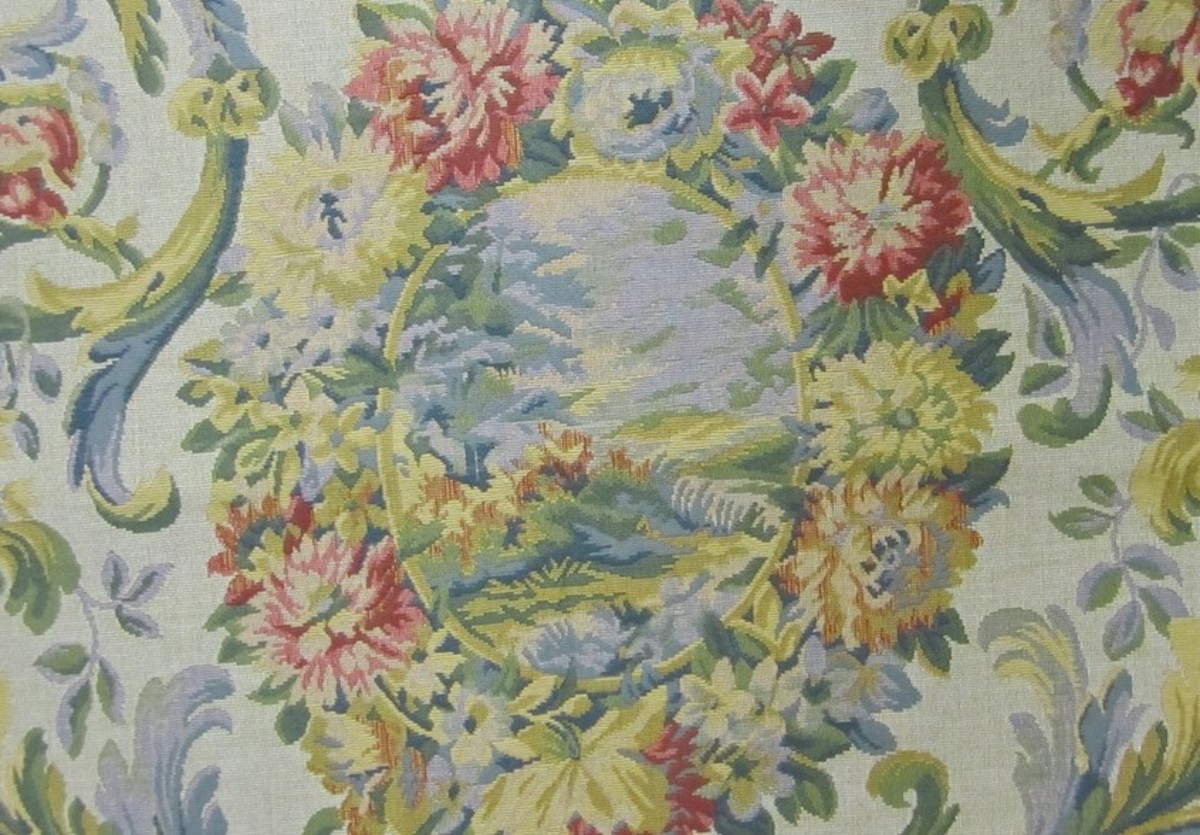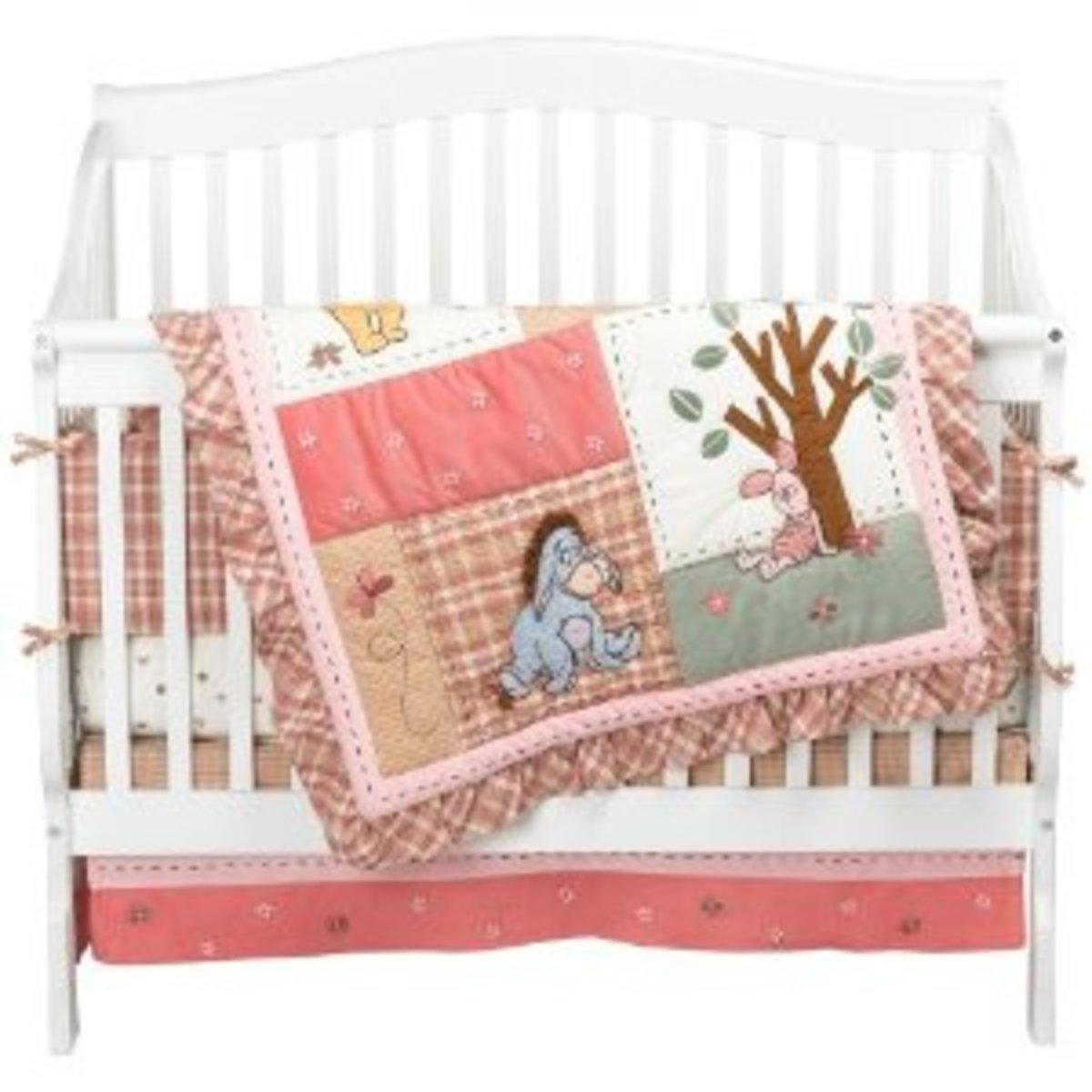- HubPages»
- Home and Garden»
- Home Furnishings»
- Bedding & Linens
Percale, Flannel, and Cotton Bedding Answers
Before You Buy Sheets, What You Must Know to Get the Best Quality for the Money
Today I went out to purchase some new sheets and pillowcases. Who would have thought that bedding selections could present so many questions? While I found answers to my questions, I was surprised at how complicated buying sheets has become.
I guess I should not have surprised to learn that some things I thought I knew were not exactly as I thought. For those who are thinking about buying new bedding, here is a quick run down of what you should know before paying more than you should or before becoming overly impressed with the friend who brags about her 600 thread count sheets and pillow cases.
What Is Thread Count?
We have all heard some of our friends bragging about their 600 or 800 thread count sheets and pillow cases. I even saw one set of sheets that was advertised as 1000 thread count. Quite honestly, I could never afford those higher priced sheets. But, I did want to know what made them so special and so expensive.
Thread count is the total number of strands of thread running vertically and horizontally in one square inch of fabric. Based on that statement, I thought that a 200 thread count sheet would be much less tightly woven than a 400 thread count. As I looked at the 200 thread count sheet I could not imagine how fine the threads would be in an 800 thread count sheet.
Now, here is what I did not know about thread count. Most sheets, up to 380 thread count or maybe 400 thread count are counting individual threads. For example, the 400 count sheet had 200 single threads running vertically and 200 single threads running horizontally. It felt pretty good to my touch.
I examined a set of sheets that were advertised as 600 thread count. The sheet felt heavier, but it did not feel any softer or finer to the touch. In fact, the fabric felt much coarser. The price was more than double the price of the 200 thread count sheets.
What was the difference between the 200 thread count and the 600 thread count sheet? Not what I would have thought! Both sets of sheets had 100 threads running one way and 100 running the other. The real difference was that each strand in the 600 thread count was made up of three single threads twisted together to make a single strand.
The bottomline: The 600 thread count sheets were heavier but they were not more closely woven. In fact, to the touch, the 200 thread count sheet was much softer.
Thread count is not all it is cracked up to be, unless you are comparing single thread strands to single thread strands.
I decided on a 380 thread count set of bedding, all single strand threads closely woven.
Flannel vs. Cotton and Percale
While cotton and percale bedding is advertised and sold based on thread count, flannel bedding is sold based on weight per square inch of fabric.
For example, if a flannel sheet is advertised as a "2 oz. weight" this means that if you cut one square inch from the fabric, it should weigh 2 ounces. Naturally, the higher the weight the warmer the flannel sheet.
According to what I learned, lighter weight flannel bedding is sold more frequently in the southern states and the heavier weight flannel sells better in the northern states. That makes sense to me. In the south we do not need as much extra weight for warmth as in the north.
Flannel bedding is generally sold up to a 4 ounce weight and sometimes a 6 ounce weight. The more the fabric weighs, the more the sheets cost. If you are looking for warmth, flannel bedding is worth the extra cost for the a little more weight.
Flannel Sheets
What is Percale? Is It Cotton?
I don't know about you, but I always thought that percale was a blend of polyester and cotton. That is not completely true. Percale can be either a cotton-polyester blend or 100% cotton.
What makes percale different from the sheets advertised as 100% cotton rather than percale is the treatment of the fabric during manufacturing. The way the sheets are dyed or colored is the difference.
Percale fabric is woven without being dyed first. After the sheet fabric is formed, the coloring (the dye) is sprayed onto the fabric. That's the reason when we look at percale sheets with those floral patterns we only see the pattern on the top side.
100% cotton sheeting is dyed first, then woven into the fabric. Most 100% cotton sheets are solid colors.
Generally speaking percale is perceived to be softer and finer than cotton, but that is as much about the thread count and the manufacturer as the fabric name.
Cotton and Percale Sheets
Egyptian Cotton vs Pima Cotton
This applies not only to bedding. Egyptian cotton is grown along the Nile River in Egypt. It seems to be special because of the extra long staples (strands) that grow in the humid conditions of Egypt. This cotton is particularly strong and soft, making for higher priced cotton products.
Some Egyptian cotton bedding adds extremely high thread counts, up into the thousands, to make this bedding exceptionally expensive. Some people swear by it. Others just like to brag about how much they paid for it. Without a doubt, Egyptian cotton is soft and strong. Because of the limited location of its growth, it is expensive. But, when it comes to those thread counts running into the thousands, refer back to the section on thread count.
In 2001, Egyptian cotton took on the trademark of a cotton boll in the midst of a dark triangle (pyramid). If the bedding is labeled as Egyptian cotton but does not have the trademark symbol, it is not authentic Egyptian cotton.
That takes us to Pima cotton. Pima cotton is a cotton that is grown in the United States on the Pima Indian Reservation. Like Egyptian cotton it grows long strands, called staples, and is exceptionally soft. Pima cotton was first grown in the early 1900s to help fill the demand for the softer Egyptian cotton.
If the bedding is either Egyptian or Pima cotton it will be soft and sturdy, making it a top choice for bedding. A 200 count Egyptian cotton sheet or pillowcase or one made of Pima cotton will be softer and "sleep better" than other cotton products according to those in the know.
My Conclusions
I bought a set of Egyptian cotton bedding with a 380 thread count. It felt good to the touch. I paid more than I wanted to pay, but I bought the best quality I could afford. After touching more sheets today than I have touched in my entire life, I left the linen shoppe satisfied that I had gained enough knowledge to make a wise choice, without over paying for the product.
I think I am going to purchase a set of flannel sheets for the winter, but I have to learn more about how to stop the pilling.
To Learn More About Bedding
- Bedding Selections
Know what you are buying before you buy. Bedding Selections tells you what you need to know about bedding before you make the purchase. Considering flannel? Learn how to stop the pilling. How do I keep my sheets from fading when I wash them?









